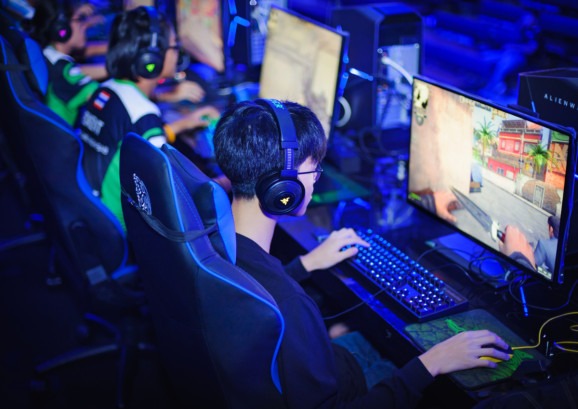
How esports can use new monetization models to reach new heights
December 10, 2018In 2017, the esports audience boomed, reaching 143 million viewers both live and on platforms like Twitch. Viewership for last year’s League of Legends Championship alone was 58 million.
The overall number of esports enthusiasts is expected to keep growing, all the way up to 250 million viewers in 2021. Unsurprisingly, the esports economy is booming right alongside, raking in $905.6 million this year and expected to surge up to $1.4 billion by 2020.
So it’s the fastest growing sport in the world, with a huge, engaged, incredibly valuable audience that’s ripe for the picking. Companies and investors are sitting up and taking notice as audience enthusiasm continues to swell and legends of top players making millions of dollars and retiring before they’re 30 just adding to the viral allure.
It’s also a global audience. The esports craze started in South Korea and spread across Asia; now games are broadcast worldwide and translated into dozens of languages, offering exposure to a huge number of new potential markets, and opportunities for brands to capitalize on the enthusiasm of fans in every country.
So far, investors and brands have relied on traditional broadcast models to tap into the revenue potential. In South Korea, electronics giants like Samsung have sponsored individual athletes. In the west, Red Bull, known for backing professional athletes in traditional sports, sponsored an esports player from Illinois, who goes by the intriguing handle NaDeSHoT.
The franchise model is also popular, with brands sponsoring entire teams, investing in both visual advertisement and integration with the esports experience and the games themselves. Coca-Cola launched…
Read the Complete Story
Categorized in: Esports News




